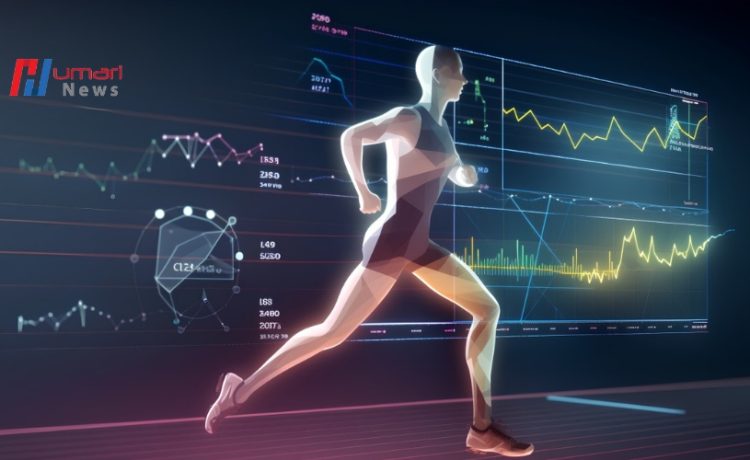Athletic training has evolved significantly over the years, moving beyond traditional methods to embrace innovative techniques and technologies that enhance sports performance. From advanced biomechanical analysis to personalized nutrition plans and wearable devices, the science of athletic training is at the forefront of revolutionizing how athletes prepare, compete, and recover. This article explores the latest cutting-edge techniques and technologies that are transforming athletic training and driving unprecedented levels of performance.
Understanding the Evolution of Athletic Training
Athletic training has undergone a remarkable transformation, transitioning from a focus on raw athleticism to a multidisciplinary approach that integrates science, technology, and data-driven methodologies. Gone are the days when training programs relied solely on intuition and anecdotal evidence. Today, coaches and athletes leverage scientific principles, evidence-based practices, and state-of-the-art technologies to optimize every aspect of performance, from strength and conditioning to injury prevention and recovery.
Biomechanical Analysis and Motion Capture
Biomechanical analysis plays a pivotal role in optimizing athletic performance and preventing injuries. By using motion capture systems and advanced sensors, coaches and sports scientists can analyze the biomechanics of movement with unparalleled precision. Whether it’s assessing running gait, analyzing pitching mechanics, or evaluating golf swings, biomechanical analysis provides valuable insights into technique, efficiency, and potential areas for improvement. By identifying biomechanical inefficiencies and making targeted adjustments, athletes can optimize their movement patterns and maximize performance while reducing the risk of injury.
Personalized Training Programs
Today, athletes benefit from personalized training programs tailored to their unique physiology, goals, and sport-specific demands. Through comprehensive assessments, including physiological testing, biomechanical evaluations, and psychological profiling, coaches and sports scientists can develop individualized training plans that address the specific needs and preferences of each athlete. By optimizing training volume, intensity, and recovery protocols, personalized programs enable athletes to achieve peak performance while minimizing the risk of overtraining and burnout.
Nutrition and Hydration Optimization
Nutrition plays a crucial role in athletic performance, providing the fuel and nutrients necessary for optimal physical and cognitive function. In recent years, there has been a growing emphasis on personalized nutrition plans tailored to the individual needs of athletes. From macronutrient ratios to micronutrient supplementation and hydration strategies, sports nutritionists work closely with athletes to optimize their dietary intake and fueling strategies before, during, and after training and competition. By ensuring adequate energy availability, optimizing nutrient timing, and addressing specific nutritional deficiencies, athletes can enhance performance, support recovery, and reduce the risk of injuries and illnesses.
Wearable Technology and Performance Monitoring
Wearable technology has revolutionized how athletes monitor and track their performance both on and off the field. From GPS trackers and accelerometers to heart rate monitors and smartwatches, wearable devices provide real-time data on various physiological metrics, including heart rate, speed, distance, and workload. Coaches and athletes can use this data to monitor training loads, track progress, and identify potential signs of fatigue or overtraining. Moreover, wearable technology enables remote monitoring and coaching, allowing coaches to provide feedback and adjustments in real-time, regardless of geographical location.
Recovery and Regeneration Strategies
Effective recovery and regeneration strategies are essential for maximizing athletic performance and minimizing the risk of injuries. In addition to traditional methods such as rest, ice, compression, and elevation (RICE), athletes now have access to a wide range of cutting-edge recovery modalities and technologies. These include cryotherapy chambers, compression therapy devices, percussion massage guns, and hydrotherapy pools, among others. By incorporating targeted recovery interventions into their training regimen, athletes can accelerate recovery, reduce muscle soreness, and enhance overall readiness for subsequent training sessions and competitions.
Mental Skills Training and Performance Psychology
The mental aspect of sports performance is often overlooked but plays a crucial role in determining success on the field. Mental skills training and performance psychology aim to develop psychological resilience, focus, confidence, and composure under pressure. Techniques such as visualization, goal setting, mindfulness, and cognitive-behavioral strategies empower athletes to manage stress, overcome setbacks, and perform at their best when it matters most. By integrating mental skills training into their overall training program, athletes can gain a competitive edge and optimize their performance in high-pressure situations.
The science of athletic training is undergoing a profound transformation, driven by advancements in technology, sports science, and data analytics. From biomechanical analysis and personalized training programs to nutrition optimization, wearable technology, recovery strategies, and mental skills training, athletes now have access to a wide range of cutting-edge techniques and technologies to enhance their performance. By embracing these innovations and working closely with coaches, sports scientists, and other members of their support team, athletes can unlock their full potential and achieve unprecedented levels of success in their respective sports. As the science of athletic training continues to evolve, athletes can expect even greater opportunities to optimize their performance, prevent injuries, and achieve their athletic goals.







